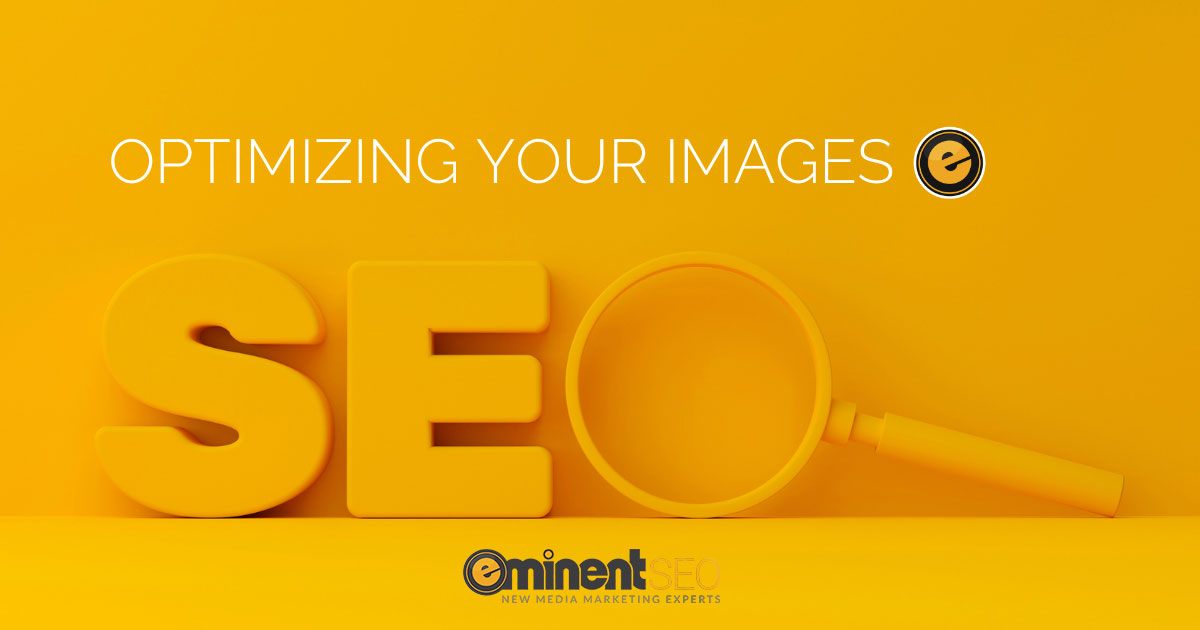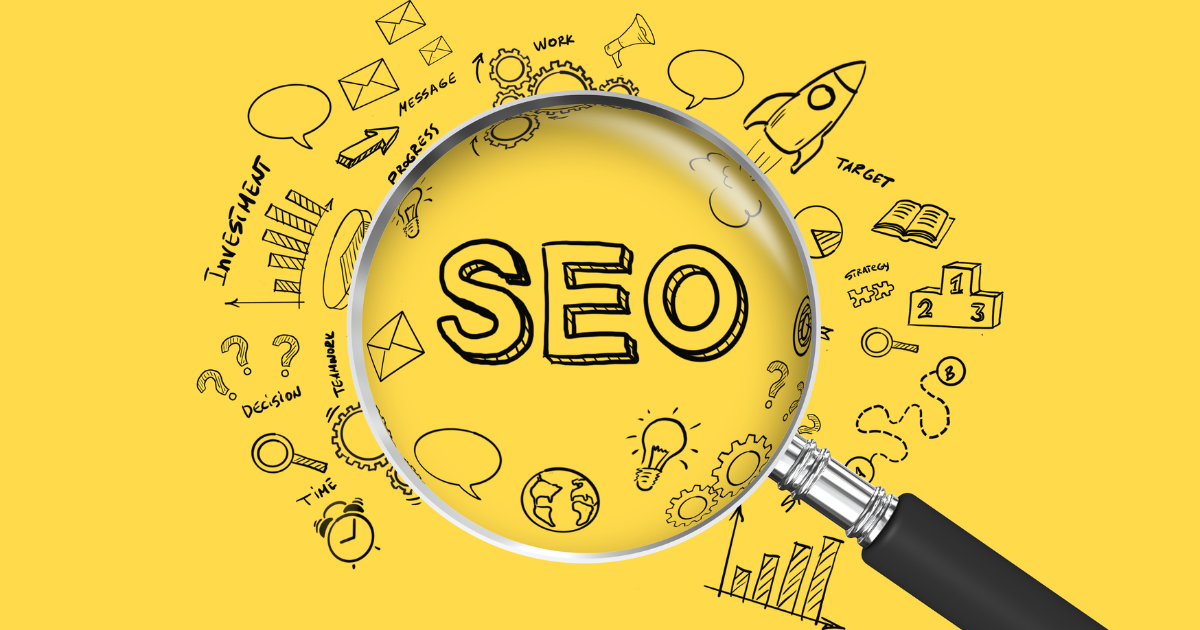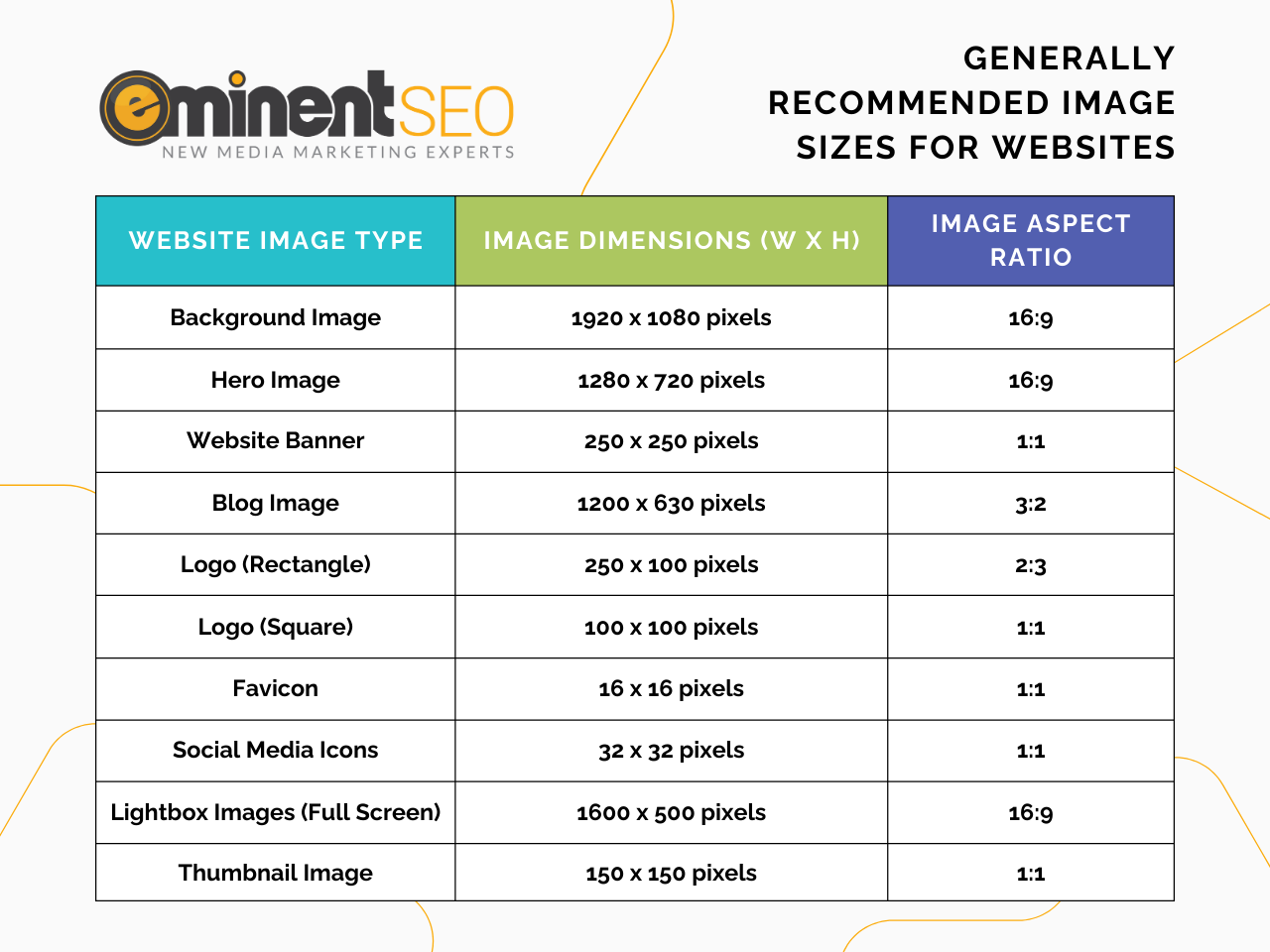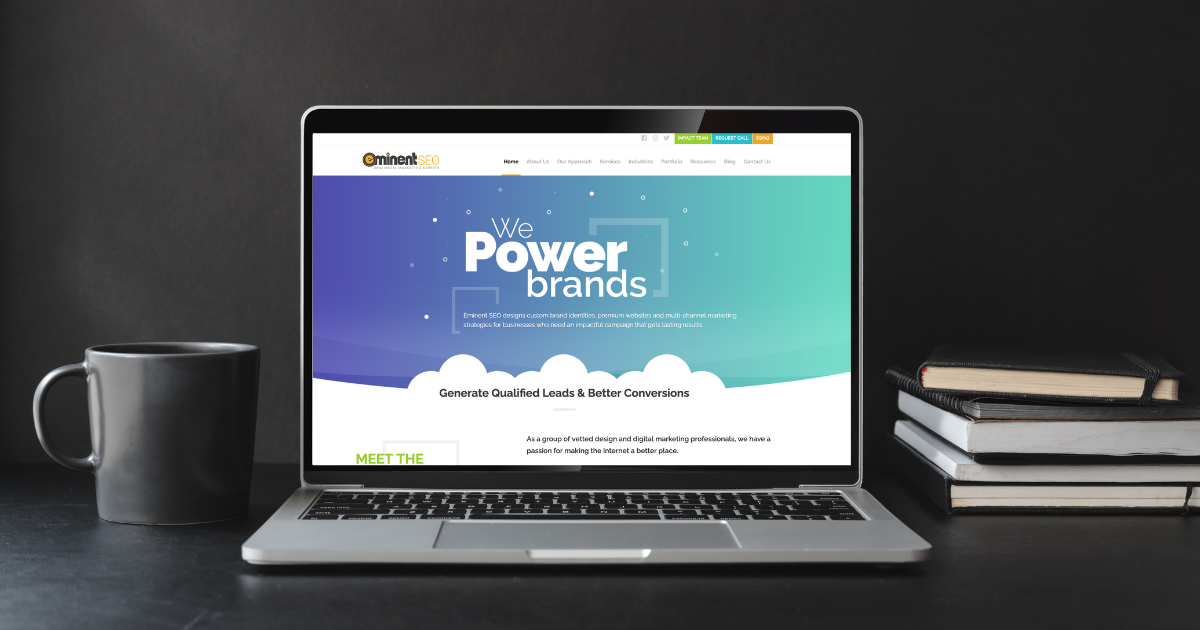Imagine you just launched a website offering custom cakes, but you’re not getting much traffic to the site. Using online tools, like an app, is recognized as an effective way to boost your business. But you have not seen the benefits yet. If you are not familiar with the best methods to make your online presence most effective, it may actually prove to be a detriment to your business. You will be pouring time and resources into ineffective tools that aren’t driving profit.
Optimizing images on your site is one way to be sure that your website gains traffic and keeps clients intrigued long enough to make a purchase. The experienced team at Eminent SEO can help you craft the ideal website that garners traffic and turns readers into customers.
Understanding Image Optimization
If you are the owner of a small business, then you are probably not familiar with the principles of image optimization. However, these skills are important for you to know if you want to revamp your firm’s website.
The process of image optimization involves making sure that the images you include on your website are the right size, use the correct file format, and have a resolution that makes them easy to see. Of course, all these factors will depend on the type of image you want to include. Regardless of the content of your site, using optimized images can make a significant difference in how well your pages function for your users.
Why Image Optimization Matters
Let’s consider another scenario. You start a new website for your crochet business, and your goal is to increase traffic. You want more people to see your products and buy them. So, you add photos of projects and include an order form for new customers. But after the first week, you only have a few new orders. The site you created is not drawing attention like you hoped it would, so you start to look for reasons it is not successful. You soon discover that your page isn’t very visible within Google’s search engine results. So, you work on SEO efforts to incorporate keywords that will boost your relevance and ratings.
However, after you visit your website on your computer and your phone, you notice that it takes a while for your pages to load, and sometimes, your photos do not come up at all. As you begin looking for solutions, you realize that the pictures of blankets and sweaters are slowing your site down; they are very large and of high-resolution. Perhaps they should even be in a different format?
Ensure images are of optimal quality, size, and resolution, so users will stick around long enough to make a purchase. Just as importantly, ensuring your website adheres to Google’s best practices for load time, mobile friendliness, and other image optimization specifications, means the difference between a boost in your ranking on the SERP or falling to a position that will decrease traffic. Once you have done your research, you realize that optimizing your images will help.
Quicker Load Times
When the images on your website are too large or otherwise non-optimized, it can make your page load slower; it takes longer for a browser to connect with your content. Google and other search engines refer to this as the time to first byte. It measures how long it takes for information from your web server to reach a browser. If this time is too long, it can cause people to leave your site. Users will begin clicking away if your site does not load within seconds.
Improved User Experience
Improving how quickly your images load can help visitors have a better experience because they will connect with your content faster. Whether a customer is searching for an item to purchase or they want to see images of the service you provide, they want to make an informed choice. Every extra second your site takes to load can lose visitors. Optimizing the resolution and file size of your images helps customers navigate your site quickly and easily to find what they need, enabling them to make a purchase when it’s time.
Use Space More Effectively
Any images or content that you create for your website must be stored somewhere to ensure protection and easy access. Cloud-based storage options offer ample space and protection for your content. While these storage options are often necessary, they can also get expensive, especially if you have a lot of content. Most cloud storage options require a monthly subscription. These costs can add up and may not be cost-effective after a while.
Similarly, images that have not been optimized will take up more space on the servers because of the file sizes. This can create additional costs too; you may need to purchase more server storage or larger bandwidth for your website. You can avoid these expenses by utilizing images that are sized with the correct resolution. So, optimizing your images can save you money in different ways.
Boost Your Organic Search Engine Rankings
One of the most important aspects of maintaining a successful website is your SEO strategy, which helps your site reach a larger percentage of your intended audience. Many people do not look beyond the first page of Google search results. If you own a candle-making company, for example, you’ll want to ensure that your website appears high in the search results for “handmade candles.” Boosting your position in the SERPs increases your visibility and means more people are likely to visit your site.
Image optimization is a great way to boost your rankings for several reasons. For example, when your website uses optimized images, it loads faster. People who click on your site are less likely to click away since they get the information they need. Sufficient photo size and resolution also improve user experience. Search engines track the traffic to your website and a number of other metrics, including load speed, bounce rate, time spent on the page, and relevancy. More clicks, fewer bounces, and longer visits indicate quality and relevancy for your target audience, boosting you higher in the SERPs.
Tips for Optimizing Images on Your Website
Your main focus as a business owner (whether you run a mechanic shop, a vintage clothing store, or anything in between) is to make sure your business is successful. Ordering the products you need on time, connecting with the customers who visit your business, and adapting your business to meet the needs of your customers are important business practices. While creating a website is important, it may not be at the top of your priority list since your expertise lies elsewhere. However, as more and more business is conducted online, your website is a crucial piece of your success.
If you want the images on your website to catch the attention of clients and drive engagement and sales, here are a few tips:
Make Sure Your Images are the Right Size
You may think that simply uploading a picture of your product or service is enough to drive sales. However, if your images do not load quickly, a visitor may never get to experience images of your most important services. As both image dimensions and image file size can affect your page load speed, consider compressing or reducing the resolution of your images to ensure quicker load speeds.
Use the Right File Type and Compression Rate
There are a number of image file types to work with, including JPEGs, PNGs, and GIFs. Depending on your goals , any of these types may be right for you. So, experiment with image compression to find a happy medium.
Here is a quick reference guide listing recommended image dimensions for web pages optimized for desktop screens with a commonly used resolution of 1920 x 1080 pixels, which is the prevailing choice based on these statistics.
Image file size matters as much as image dimensions. Ensure you optimize your web images by utilizing the free TinyIMG online image compression tool!
Address Alt Text and Image Filenames
Not everyone who visits your website will be able to see the content clearly, whether due to vision problems or a slow internet connection. Alternative text, or alt text, is an accessibility feature that allows you to attach a short description to images so the visually impaired can understand and engage. For example, a restaurant may include an alt text of “a plate of barbeque with macaroni and green beans” with a photo of their featured special.
This feature also helps boost your SEO. For example, when a search engine can tell that images on your website feature vintage handbags, it will produce your site as a result if someone in your area searches for “vintage bags near me.” In the same way, ensuring you give your images appropriate names like “vintage-Louis-Vuitton-handbag-1984” can help you rank for relevant keywords.
Be Mobile Friendly
More web users are conducting their searches via mobile. However, if they cannot see any of your images clearly (because they do not fit the screen on their phone), they are likely to leave and visit your competitor’s site. Worse, Google and other search engines prioritize mobile-friendly sites, so yours may not even appear in the search engine results at all.
If your website includes images that were optimized for a mobile device, customers can find your business. Search engines look for sites that are optimized for mobile use in this way and serve them as results for relevant queries. So, modify CSS code to make sure the image size changes to fit the appropriate screen.
Address Broken Images
Broken images are detrimental to your website’s user experience; potential clients cannot see the images you have selected for them. Broken images also indicate that you may be untrustworthy or show little care for your business, which can diminish your brand’s reputation and increase your bounce rate. Similarly, search engines see broken images as an indicator of low page quality, which can diminish your rankings.
Whether you’ve noticed broken images or used an image checker to identify them, you’ll need to do some research to determine why they’re broken. Often, images are broken due to mismatches in file type descriptors and coding, errors in coding the file location, a mistake in the filename, server migrations, and SSL certificate issues. Addressing your broken images can help provide an instant boost in your user experience and rankings.
Eminent SEO for Website Design and Development
Your business deserves a website that not only draws in new users but engages them long enough to convert clients. When clients are able to see your site and interact with it easily, they are much more likely to purchase your products or services. In this way, improving your load times, creating more accessible content, and engaging your clients via image optimization are key components of your online success.
While understanding image optimization, ideal file sizes, pixel dimensions, resolution, page load speed, alt text, filename, coding, bounce rate, and more can be confusing, Eminent SEO is here to help. Our team will work with you to create a customized website that is attractive, accessible, and optimized to increase your SEO standing. Contact us about high-quality website design and development.








